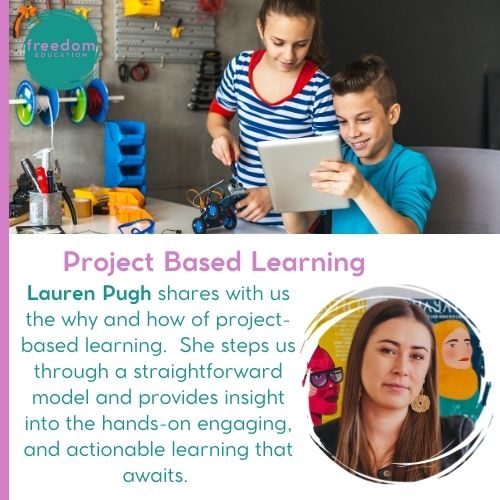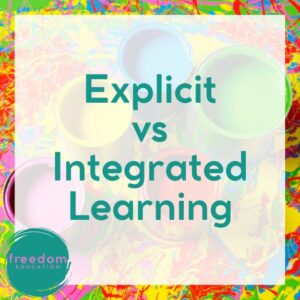
Making Learning Real – through Project Based Learning.
Ever had that one class in school you couldn’t forget? A chance to follow your curiosity, create something magical from scratch, and learn more than you ever could from a textbook. Welcome to the world of Project Based Learning (PBL)!
Project Based Learning isn’t just another trend in educational practices – it’s a game changer. Imagine students experiencing the thrill of launching rockets to understand physics or creating a mini ecosystem to study biodiversity. They’re not just memorising for the sake of it, they’re understanding, absorbing, and creating. It takes education beyond the classroom and transforms it into an application that can engage, inspire, and set a path for lifelong curiosity.
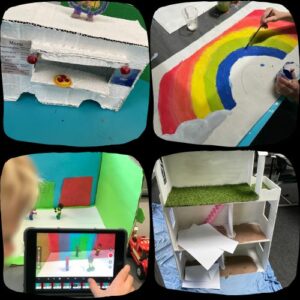
Traditional education often compartmentalises knowledge and skills, leaving students wondering, “When will I ever use this?” PBL offers the antidote. By integrating recently acquired skills and knowledge into tangible projects, students get to apply what they’ve learned in meaningful contexts. Whether it’s calculating the area of a garden bed, writing persuasive letters to address real issues, or designing models of historical landmarks, Project Based Learning bridges the gap between theory and practice.

The New Zealand Curriculum emphasises the importance of developing key competencies, and Project Based Learning aligns perfectly with this vision. Collaboration, communication, critical thinking, and problem-solving skills naturally flourish when students work on projects that require teamwork, research, and innovation. Project Based Learning isn’t just about content; it’s about nurturing well-rounded, capable individuals ready to navigate the complexities of the modern world.
In a rapidly evolving world, the ability to acquire knowledge when it’s needed is invaluable. PBL provides a platform for “just-in-time learning.” Students research, gather information, and acquire new skills precisely when they need them to solve real-world problems. This not only enhances their adaptability but also demonstrates the practical relevance of education.
One common refrain from students is, “Why do I need to learn this?” PBL eradicates this question by showing students the real-world applications of their learning. They understand the “why” behind the curriculum, which fuels intrinsic motivation. Students are no longer passive recipients of information; they become active participants in their own education.
Now, you might be wondering how PBL aligns with play-based learning. Well, they’re like two peas in a pod! Play-based learning provides the foundation for PBL, as it encourages exploration, creativity, and problem-solving. It’s the ideal launchpad and backbone for students to embark on PBL adventures with enthusiasm and confidence. Both can occur simultaneously or Project Based Learning can be an extension of a passion developed during play.

If educators are feeling overwhelmed or don’t yet have the belief their kids are capable (they are by the way) then start small, maybe with a class or group project guided by the teacher. As confidence is gained gradually progress to individual projects with the teacher becoming more of a facilitator offering check ins, guidance and encouragement.
So, take the plunge into Project Based Learning! Together, we can shape a brighter future for our students, one where learning isn’t just about acquiring knowledge but also about making it come alive through meaningful projects. Let’s embark on this exciting journey of making learning truly real!
Would you like to take your project based learning adventure further? Of course you would
- Our members spotlight PLD with Lauren Pugh delves deeper into the what, how and why along with providing models and resources to support.
- Our project based learning resources are ready to go in both guided and open formats. Either print or share digitally, provide the level of guidance needed and watch the engaged learning happen. (These are included in freedom ed membership)
-

Build a Terrarium Project
$5.00 Add to cart -

Redesign a Book Cover Project
Rated 5.00 out of 5$5.00 Add to cart -

Improve your School Project
$5.00 Add to cart -

Design a Robot Project
$5.00 Add to cart -
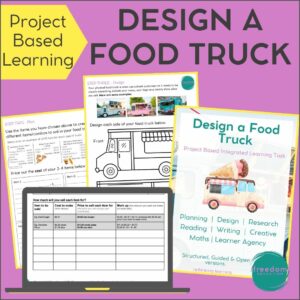
Design a Food Truck Project
Rated 5.00 out of 5$5.00 Add to cart -
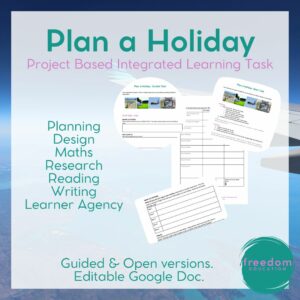
Plan a Holiday Project
$5.00 Add to cart -

Design a Travel Brochure Project
$5.00 Add to cart

